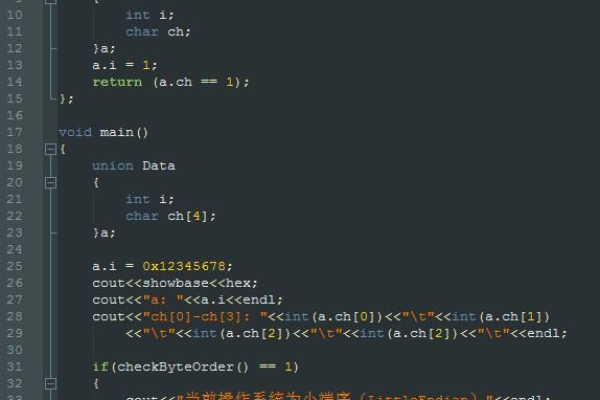c 数据库 缓存
- 行业动态
- 2025-02-21
- 3
在C语言中,数据库缓存是一种通过将频繁访问的数据存储在内存或其他快速存储介质中,以减少对数据库的直接访问次数、提高数据访问速度和系统性能的技术,以下是关于C语言中数据库缓存的详细解答:
一、缓存机制的基本概念
1、缓存的定义:缓存是一种高效的临时存储机制,通常用于存储频繁访问的数据,其主要目的是提高数据访问的速度并减少对底层存储系统的访问次数。
2、缓存的工作原理:当应用程序请求数据时,首先检查缓存是否存在该数据,如果存在,则直接从缓存中读取;否则,从数据库中获取数据并存入缓存。
3、缓存的类型:常见的软件缓存类型包括内存缓存(如HashMap、LRU Cache等)和分布式缓存(如Redis、Memcached等)。
二、在C语言中实现缓存机制
1、缓存数据结构的设计:在C语言中,可以使用数据结构如哈希表(Hash Table)来实现缓存,哈希表通过键值对的方式存储数据,具有快速的查找和插入性能。
2、缓存数据的存取操作:设计高效的缓存数据存取操作是实现缓存机制的关键,需要考虑如何高效地将数据存入缓存以及如何快速地从缓存中读取数据。
3、缓存失效策略:为了防止缓存数据过时或缓存占用过多内存,需要设计缓存失效策略,常见的缓存失效策略包括LRU(Least Recently Used)策略、LFU(Least Frequently Used)策略等。
三、具体实现示例
以下是一个使用哈希表实现简单缓存的C语言代码示例:
#include <stdio.h>
#include <stdlib.h>
#include <string.h>
#define TABLE_SIZE 100
typedef struct Entry {
char *key;
char *value;
struct Entry *next;
} Entry;
Entry *table[TABLE_SIZE];
unsigned int hash(const char *key) {
unsigned int hash = 0;
while (*key) {
hash = (hash << 5) + *key++;
}
return hash % TABLE_SIZE;
}
void put(const char *key, const char *value) {
unsigned int index = hash(key);
Entry *entry = table[index];
while (entry) {
if (strcmp(entry->key, key) == 0) {
free(entry->value);
entry->value = strdup(value);
return;
}
entry = entry->next;
}
entry = malloc(sizeof(Entry));
entry->key = strdup(key);
entry->value = strdup(value);
entry->next = table[index];
table[index] = entry;
}
char *get(const char *key) {
unsigned int index = hash(key);
Entry *entry = table[index];
while (entry) {
if (strcmp(entry->key, key) == 0) {
return entry->value;
}
entry = entry->next;
}
return NULL;
}
void free_table() {
for (int i = 0; i < TABLE_SIZE; i++) {
Entry *entry = table[i];
while (entry) {
Entry *tmp = entry;
entry = entry->next;
free(tmp->key);
free(tmp->value);
free(tmp);
}
table[i] = NULL;
}
}
四、FAQs
1、问:为什么需要在C语言中使用数据库缓存?
答:在C语言中使用数据库缓存可以显著提升系统的整体性能,减少数据库服务器的负载,并优化用户体验,通过将频繁访问的数据存储在内存或其他快速存储介质中,可以减少对数据库的直接访问次数,从而提高数据访问速度。
2、问:如何选择合适的缓存失效策略?
答:选择缓存失效策略时,需要根据具体的应用场景和需求来决定,常见的缓存失效策略包括LRU(Least Recently Used)策略、LFU(Least Frequently Used)策略等,LRU策略适用于需要缓存大量数据的场景,能够保证缓存数据的高效利用;而LFU策略则适用于需要根据数据访问频率来淘汰数据的场景。
小编有话说
数据库缓存是提升系统性能的重要手段之一,但在实际应用中需要根据具体场景和需求来选择合适的缓存策略和实现方式,希望本文能为您在C语言中实现数据库缓存提供有益的参考和帮助。











